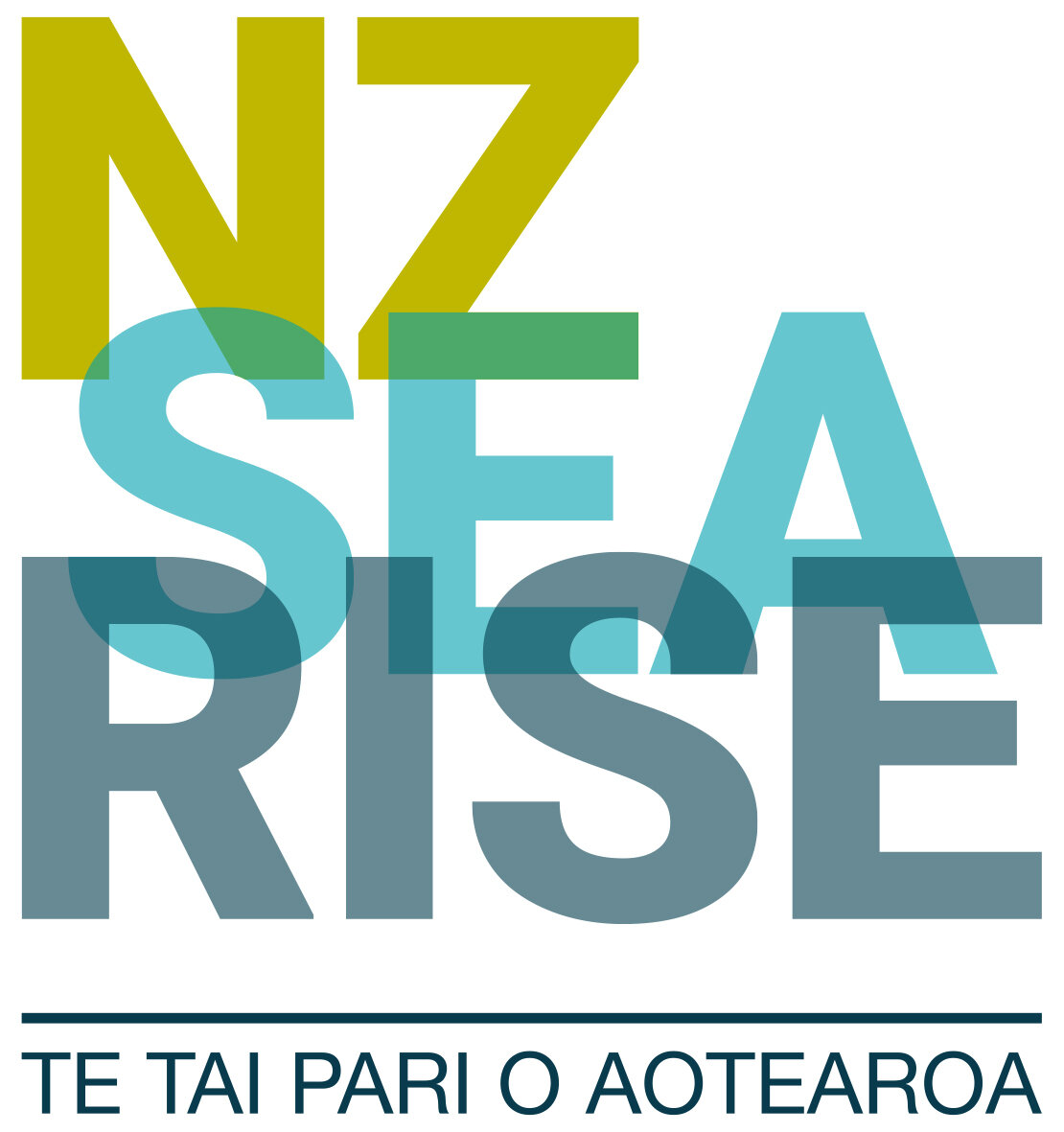Predicting sea-level rise for Aotearoa New Zealand
The NZ SeaRise: Te Tai Pari O Aotearoa programme has released location specific sea-level rise projections out to the year 2300 for every 2 km of the coast of Aotearoa New Zealand. These projections can be accessed through a new online tool developed by Takiwā, a data management and analytics platform.
For the first time, New Zealanders will be able to see how much and how fast sea level will rise along ‘their own’ stretch of coast and in their neighbourhood. The tool allows users to click on a particular location on the coast and see how much sea level is expected to rise, and by when, under different climate change scenarios.
Climate change and warming temperatures are causing sea level to rise, on average, by 3.5 mm per year. This sea-level rise is caused by thermal expansion of the ocean, by melting glaciers, and by melting of the Greenland and Antarctic ice sheets.
However, local sea-level rise around the coast of Aotearoa is also affected by up and down movements of our land. We are very aware when these vertical land movements occur in large jumps during earthquakes, but less obvious to us are the smaller shifts that occur continuously in between large seismic events. These small but continuous changes add up, and in areas that are going down (subsiding) the annual rate of sea-level rise can double. We have connected this vertical land movement data with climate driven sea-level rise to provide locally relevant sea-level projections.
Our data will help us make better decisions about how to manage the consequences of rising seas in New Zealand. The new projections will inform the Ministry for the Environment’s national adaptation plan. It will also be used to help develop an updated version of the 2017 coastal hazards guidance for local government, which is advice to help communities, planners, businesses and infrastructure providers across the country adapt equitably and effectively to the unavoidable impacts of coastal hazards and climate change.
NZ SeaRise is a five-year research programme funded by the Ministry for Business, Innovation and Employment Endeavour Fund. It brings together 30 local and international experts from Te Herenga Waka-Victoria University of Wellington, GNS Science, NIWA, University of Otago and the Antarctic Science Platform to improve projections of sea-level rise in Aotearoa New Zealand. The sea-level projection and mapping tool was developed by Takiwā, a Māori-owned data management and analytics platform. An update to the Coastal Hazards Guidance for Local Government on how to use the new projections for planning has been co-produced with the Ministry for the Environment.
Learn more here.
Global sea-level rise
The climate is changing and the world is warming. The oceans have taken up most of the additional heat so far, and as the water warms up, it expands. In combination with water from the melting of land-based ice, this causes rising sea levels.
New Zealand sea-level rise
The sea around New Zealand rose, on average, by 1.7mm per year from 1900 to 2008. But at the same time, the land is going up in some places and down in others. We are putting both of these changes together to accurately predict total sea-level rise at a local scale.
Community impacts
Rising seas have local impacts. This includes flooding, rising groundwater levels, coastal erosion, and salinization of wetlands and aquifers. We are working with partners – regional councils, iwi and government agencies – to look at specific local impacts of projected sea-level rise.
Want to learn more about sea-level rise?
How are sea-levels measured? What is contributing to rising sea-level? If sea-level rise is only 2–3 millimetres per year, then why worry? Find out the answer to these questions, and more, on NIWA’s sea-level rise webpage.




